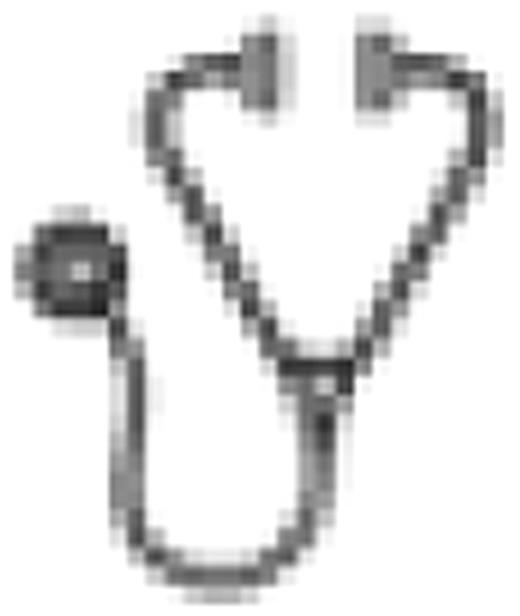Abstract
Persistence of a mass after first-line treatment is a common problem in nodular sclerosis Hodgkin lymphoma (NSHL). Up to 64% of patients demonstrate residual abnormalities on computed tomography (CT) after therapy, but only 42% of those patients will relapse on follow-up. This is primarily caused by the inability of CT to distinguish viable tumor tissue from fibrosis. Clinicians are faced with the dilemma of whether to pursue second-line treatment for a mass that may be simply scar tissue. The ability to predict which patients are at higher risk for residual mass following curative treatment can aid in the planning of follow-up imaging modalities such as positron emission tomography (PET) scanning which can map out metabolically active tissue (i.e. tumor versus fibrosis) and the need for biopsy of a residual mass.
This study was designed to test the hypothesis that the presence of abundant fibrosis in the initial biopsy predicts the presence of residual, post-therapy masses composed primarily of fibrotic tissue. Subjects were consecutive NSHL patients from the years 1996 to 2007 identified from our institution based on the availability of histology slides from the initial diagnostic biopsy, clinical follow-up data, and the results of post-treatment imaging investigations. The initial biopsies were reviewed by a lymphoma pathologist and resident without knowledge of the residual mass status. The proportion of the tissue consisting of fibrous material was graded as a percentage of the total biopsy tissue. The clinical charts were reviewed for baseline patient characteristics, cancer stage and the presence of a residual mass on CT scan 6 months after treatment.
Of the 47 subjects included in the study, 25 had residual masses and 22 had none. Patients with increased fibrosis on initial biopsy were significantly more likely to have a residual mass after initial therapy (p=0.028). The degree of fibrosis was independent of gender, stage, and Hasenclever score. Degree of fibrosis was the only factor that was predictive of the presence of a residual mass. Of the 16 patients with residual masses with follow-up Gallium imaging, the result of the scan was more likely to be negative (indicating that the mass is not metabolically active) for patients with a high grade of initial fibrosis (p=0.148).
Taken together, these results suggest that patients with increased fibrosis on their initial NSHL biopsy are more likely to have residual masses, but that these masses are less likely to be malignant. The results support the hypothesis that the degree of fibrosis at the initial NSHL biopsy is predictive of a post-treatment residual mass. These findings have potential implications for patient follow-up: clinicians whose patients have abundant fibrosis at initial biopsy may be reassured that a post-treatment residual mass is less likely to represent persistent malignancy and thus can be followed with functional imaging rather than pursuing unnecessary biopsies. Our results further reinforce the importance of functional imaging like PET, particularly in this patient population
No relevant conflicts of interest to declare.

This icon denotes an abstract that is clinically relevant.
Author notes
Asterisk with author names denotes non-ASH members.

